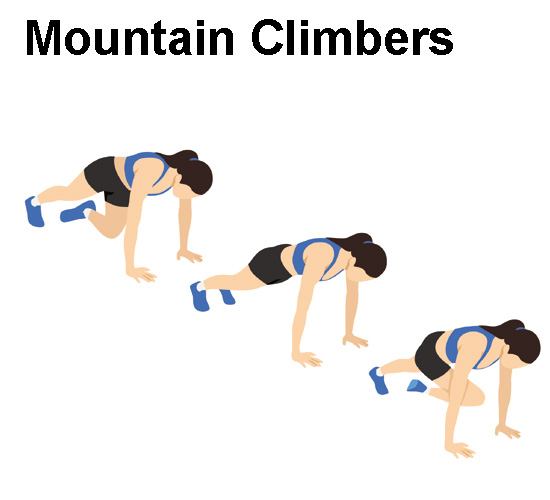HIIT the Brakes:
Why Many Fitness Enthusiasts Are Adding Lower-Impact Options to Their HIIT Routines
HILIT (High Intensity Low Impact Training), REHIT (Reduced-Exertion, High-Intensity Training), Equipment-Based Cardio Intervals, Low-Impact Circuit Training, LISS (Low-Intensity Steady State)
High-intensity interval training (HIIT) has revolutionized the fitness world with its time-efficient, calorie-torching workouts. However, a growing number of fitness enthusiasts are discovering that balance is key to long-term success. Rather than abandoning their beloved HIIT sessions, many are complementing them with lower-impact alternatives that offer different benefits while reducing stress on the body.
Some people are embracing lower-impact options because of physical limitations. After experiencing joint discomfort from my all-HIIT routine, I began exploring gentler options that still delivered results. Here are some of the options I share with my clients.
Understanding the High-Intensity/Low-Impact Spectrum
Let's clear up a common confusion in the fitness world: "high-intensity" doesn't mean the same thing as "high-impact."
What is intensity? This means how hard your body is working during exercise. You can tell by:
- How fast your heart is beating.
- How heavy you're breathing.
- How difficult the exercise feels to you.
What is impact? This refers to the physical force on your joints when you exercise:
- High-impact: Both feet leave the ground (jumping, running, plyometrics).
- Low-impact: At least one foot stays on the ground (walking, cycling, strength training).
Who Benefits from Adding Lower-Impact Options?
People recovering from workouts: Lower-impact sessions keep you active between tough HIIT days without slowing recovery.
Those seeking consistency: High-intensity workouts can leave you too sore to exercise regularly. Adding gentler options helps you stay consistent.
Stress-conscious exercisers: High-intensity workouts can increase stress hormones. If you're already stressed, lower-impact exercise might be better for your mental health.
Busy individuals: Lower-impact workouts typically require less recovery time, letting you train more often.
Popular Low-Impact, High-Intensity Approaches
The fitness industry has responded to this need with several training methods that maintain intensity while reducing impact:
1. HILIT (High-Intensity, Low-Impact Training)
HILIT delivers the metabolic benefits of HIIT without the joint stress. According to fitness research, most high-impact exercises can be modified into equally effective low-impact versions. Common HILIT modifications include:
- Air squats instead of jump squats.
- Step jacks instead of jumping jacks.
- Modified burpees (stepping back rather than jumping).
- Banded lateral movements instead of lateral jumps.
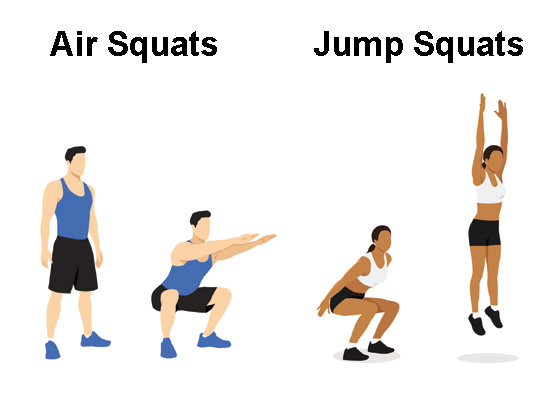
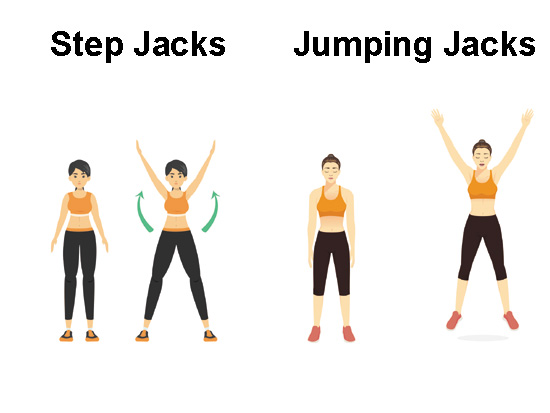
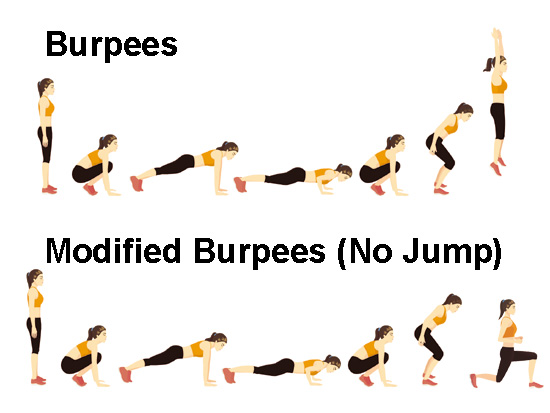
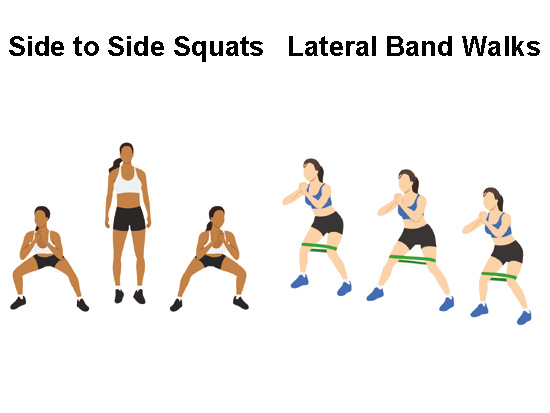
A typical HILIT workout might involve 40 seconds of work followed by 20 seconds of rest, repeating exercises in circuit format for 20-30 minutes.
2. REHIT (Reduced-Exertion, High-Intensity Training)
For those who find even HILIT too demanding, REHIT might be the answer. This approach uses shorter workouts with longer recovery periods—think 20-second all-out efforts followed by 2-3 minute rest periods. A complete session might only take 10 minutes but still delivers cardiovascular benefits.
The secret is the intensity during those brief work periods. The focus is providing a challenging workout without the high-impact stress on the joints associated with traditional HIIT workouts.
3. Equipment-Based Cardio Intervals
Cardio machines provide perfect platforms for high-intensity, low-impact training. Research shows that activities like rowing can maintain workout intensity while decreasing joint pain, reducing injury risk, and improving overall strength and core engagement. Try this basic formula on any cardio machine:
- 5-minute warm-up at moderate pace.
- 30 seconds of all-out effort.
- 30 seconds recovery pace.
- Repeat for 5-10 rounds.
- 5-minute cool down.
4. Low-Impact Circuit Training
Combining several low-impact exercises in a circuit format maintains an elevated heart rate throughout your workout. Effective options include:
- Mountain climbers (keeping toes on the ground)
- Squats with arm raises
- High knees (without jumping)
- Front kick lunges
- Kettlebell swings (with proper form)
- Bear crawls
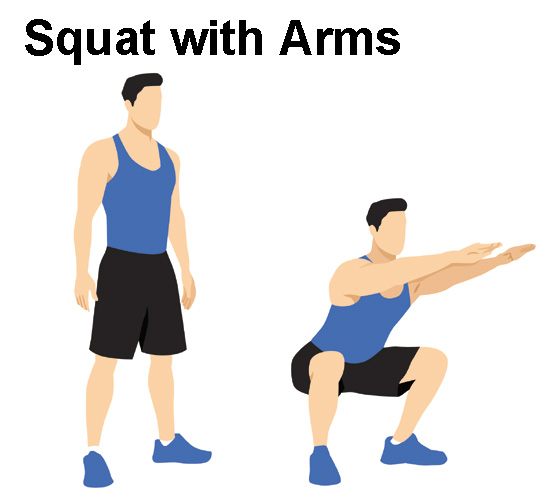
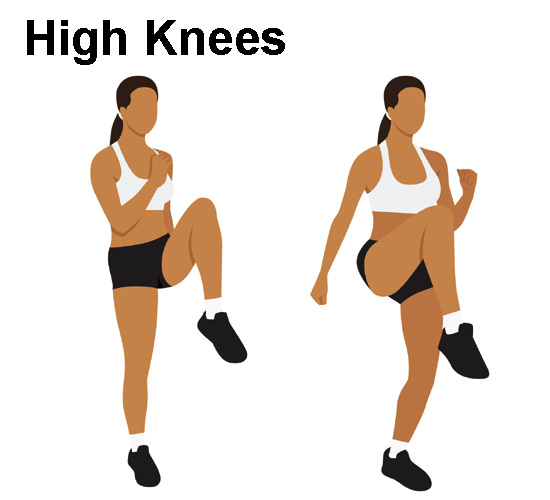
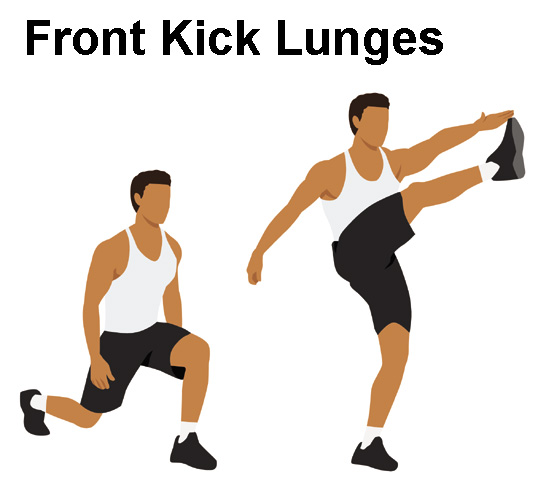
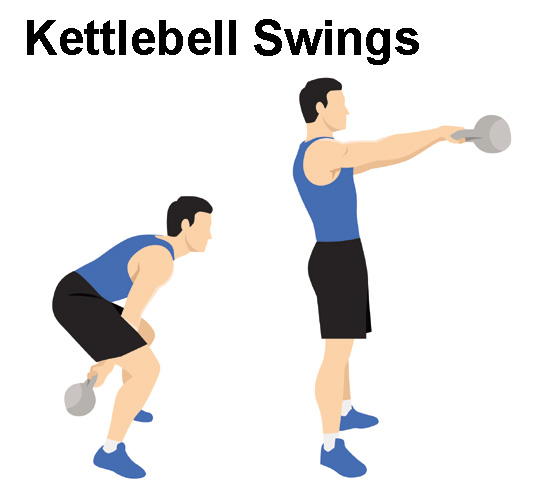
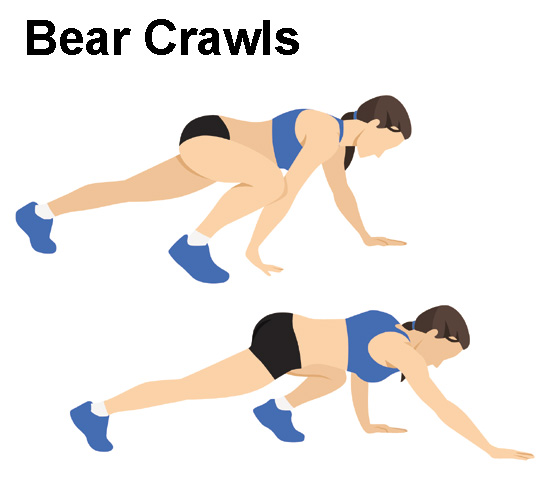
5. LISS (Low-Intensity Steady State)
Sometimes, the best complement to high-intensity work is its opposite. Studies show HIIT builds fast-twitch muscle fibers and improves power and strength, while LISS develops endurance and improves recovery.
LISS involves sustained, moderate-intensity activity (50-70% of max heart rate) for 30-60 minutes. Walking, swimming, cycling, and elliptical training are perfect examples. While not high-intensity, LISS serves as an excellent active recovery method between more demanding sessions.
Measuring Progress Beyond Sweat
One common misconception is that effective workouts must leave you gasping for air. The reality is more nuanced. Research suggests that pushing to 100 percent intensity in every workout is neither necessary nor optimal for most fitness goals. Many athletes find they can maintain their cardiovascular endurance and strength with a mix of high and low-impact training, often with less joint discomfort.
Measure progress through improvements in endurance, strength, mobility, and consistency, not just by how exhausted you feel after each session.
The best fitness program is one you can maintain for years to come. I still include HIIT workouts in my routine, but they're no longer the only tool in my fitness toolbox. By incorporating various training approaches, I've found greater consistency, fewer injuries, and better overall results.
Call for a FREE Consultation (305) 296-3434
CAUTION: Check with your doctor before
beginning any diet or exercise program.
4/7/2025
